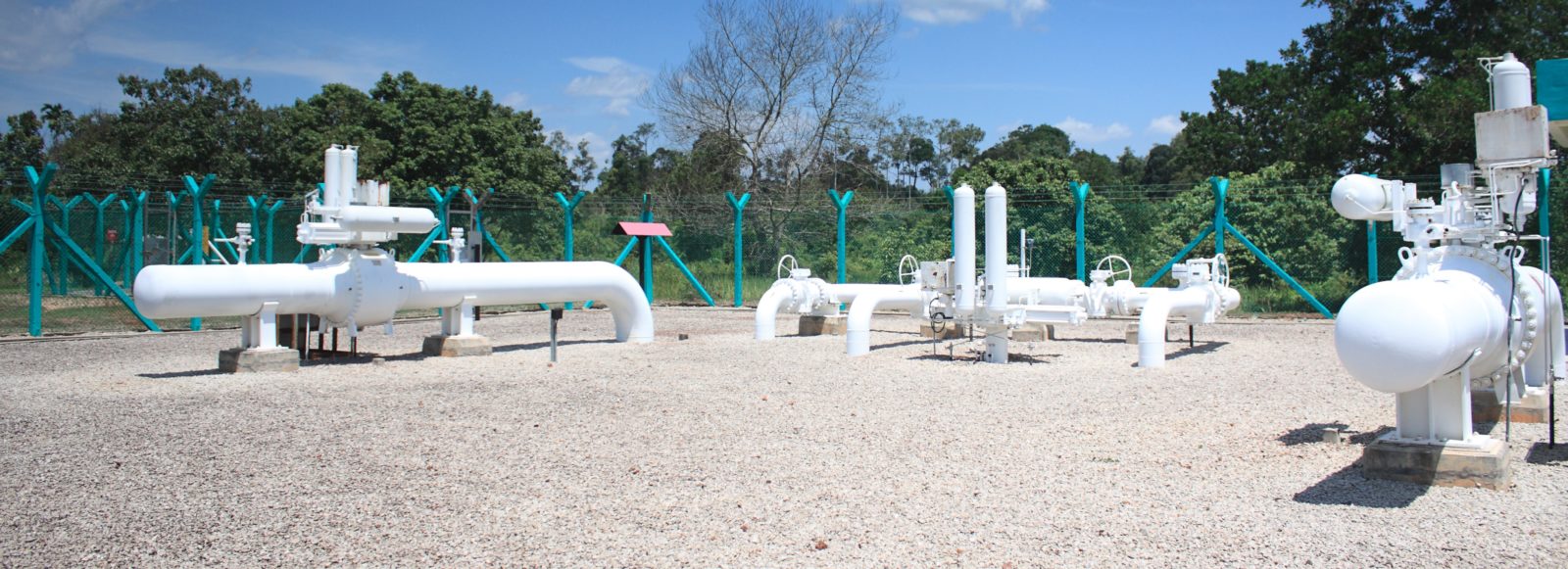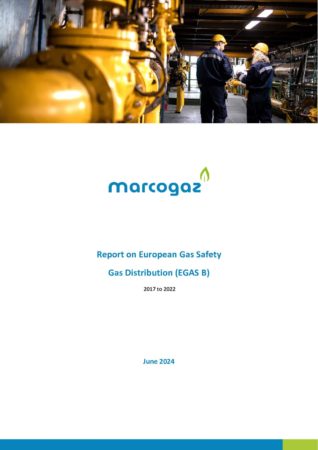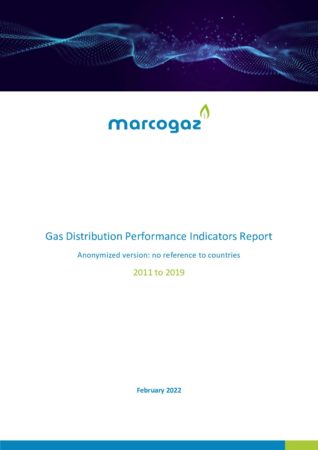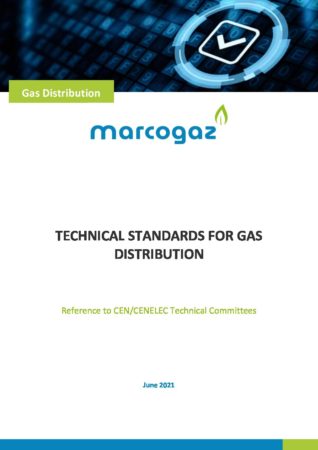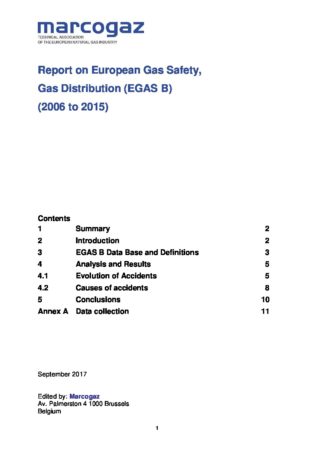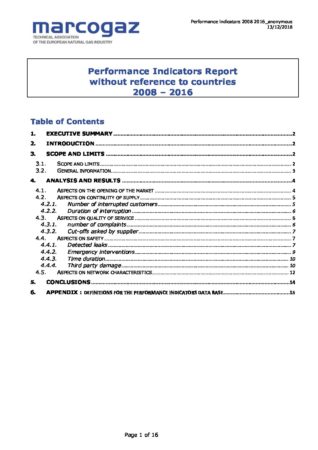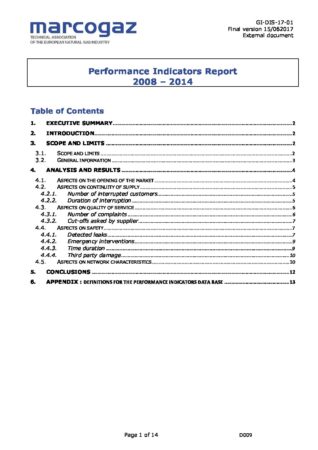Gas Infrastructure > Distribution
Distribution gas system connects the transmission system and the final user. The gas distribution is operated at low pressure (up to 16 bar) and the pipelines are mainly made of plastic (Polyethylene, PVC…), yet some can be made of steel or cast iron.
The distribution network is made up of a number of installations, including: pressure reducing stations, metering stations, valve stations, main lines, service lines, injection stations and blending stations.
Distribution system operators (DSOs) are responsible for the permanent gas distribution to supply end-users. DSOs must work towards the permanent safety and integrity of the low-pressure gas system in all locations.
Most of the distribution network is located in densely populated areas, such as capital cities, thus requiring a high level of safety. The major threats identified to the network are interferences caused by human activities in the vicinity of the installations.
Near residential and commercial areas, the risk is higher and DSOs must constantly detect potential threats by putting in place mitigation measures, including the use of specific detection equipment. Operating pressurised installations close to these areas requires the implementation of preventive actions such as determining safety distances.
Injecting new gases in the distribution network can also be a challenge for operators, which must ensure that the level of safety, efficiency and integrity remains unchanged. During this process, the potential technical constraint — network tightness and material resistance — is also overseen by DSOs. In addition, the operational procedures and technical standards must be reviewed beforehand to confirm that they are still applicable for new gases. Injection and blending processes are also addressed in this framework.
MARCOGAZ works with the European standardisation organisation (CEN) to determine the technical requirements and functionalities (EN 12007) that guarantee the safe gas distribution in Europe. Incident prevention and emergency preparedness are regularly covered in reports conducted by MARCOGAZ, based on disturbances that have occurred in the distribution sector. This work aims to permanently improve the safety and efficiency of the distribution activities by learning from the past.
The industry also conducts benchmarking to identify best practices on major topics for DSOs and to exchange experiences among operators.
MARCOGAZ’s members are monitoring emerging technologies and leading innovative projects to identify technical solutions capable of addressing the biggest challenges: third-party damages prevention, reduction of methane emissions, but also to continuously advance the safety, efficiency and sustainability of the network.
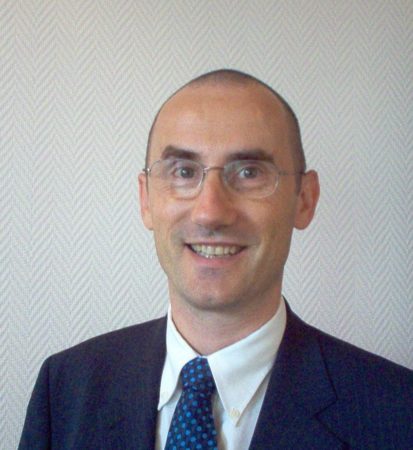
Chair
Maurice Mennereau

